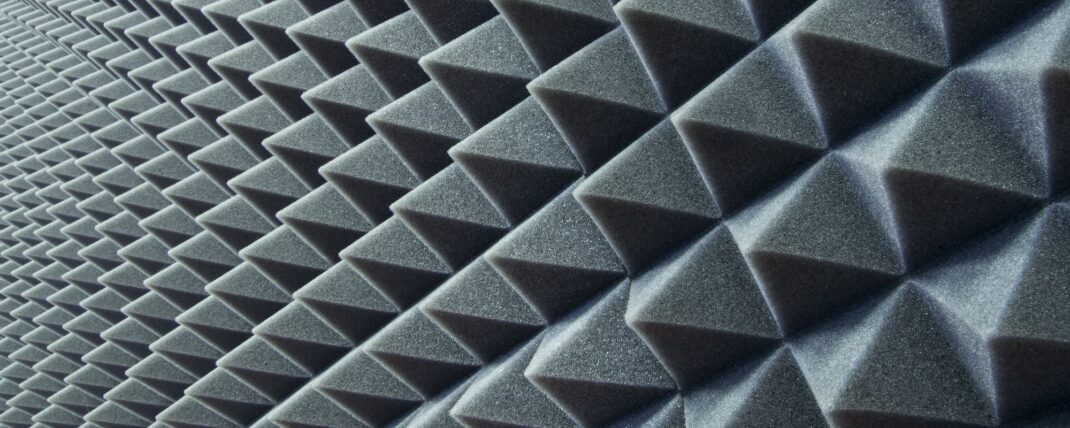Acoustic Design
Acoustic design, as related to electroacoustics, is the management of sounds with regard to your area. If you've ever been in a movie theatre where there are specific sounds you really can't hear (usually dialogue), this is due to poor acoustic design. You don't want this to happen with your space!
Our team can identify the most problematic areas of your space that creates sound pressure imbalances. They can adequately propagate or send sound equally to your audience area. Most movie theatres also have this technology and implementation. Your ceiling height, building material, and even the foam of the seats can be assessed so the optimal soundstage can be created. Of course, your equipment will also be optimised. How do we do that? Well, for equipment, we fine-tune digitally and send it through your speakers, so your speakers know what they're playing. Think of it as a passive equaliser setting, but it works for every type of sound you'll use. This is good acoustic design.
Acoustic Design without compromise
We can also enhance your current space's acoustic design. But you might be thinking, "are they a construction crew?" While we most definitely are not, we can still add special equipment to your existing space without messing up your interior. These can be in the form of sound isolation foams, equipment positioning, and electrical feedback lessening. It might sound easy, but you'll be surprised how many studios still don't do the best practices to produce the best sound.
Acoustic Design principles
For a better acoustic design, we recommend scientifically-recommended solutions for all your sound needs. What are these principles? Here are some of the few that are considered for better acoustics:
- Noise Reduction Coefficient (NRC): The NRC is based on a value between 0 and 1 that has to be balanced for a clean recording or reception. Audio-Visual Consultants and their crew can identify this for you so we can recommend the best ways to balance (or remove) noise.
- Natural Space Frequency: Just like what was mentioned, the natural space has to work with you and your needs. The sound frequencies can be adjusted to accommodate the most regular arrangement of your sound stage.
- Insulation: Trapping weaker noise frequencies can usually give the best results for relatively cheap installations. Some of these can be deckings, foams, and others.
- Acoustic Zoning: Acoustic Zoning is how we optimise sound travel in different environments. The usage of glass and even the location of speakers to the audience can make zoning work for or against your needs.
- Flexibility: Designs and equipment placement have to be flexible because there is no one-size-fits-all solution when it comes to your workspace and different work demands. Your equipment and acoustics need to be flexible so you can save money in the long run.
Now that you're acquainted with some of the acoustic design principles sound experts use, you might consider these before buying stuff willy-nilly. Keep your procurements wise based on our recommendations, and you won't regret these for years to come!






